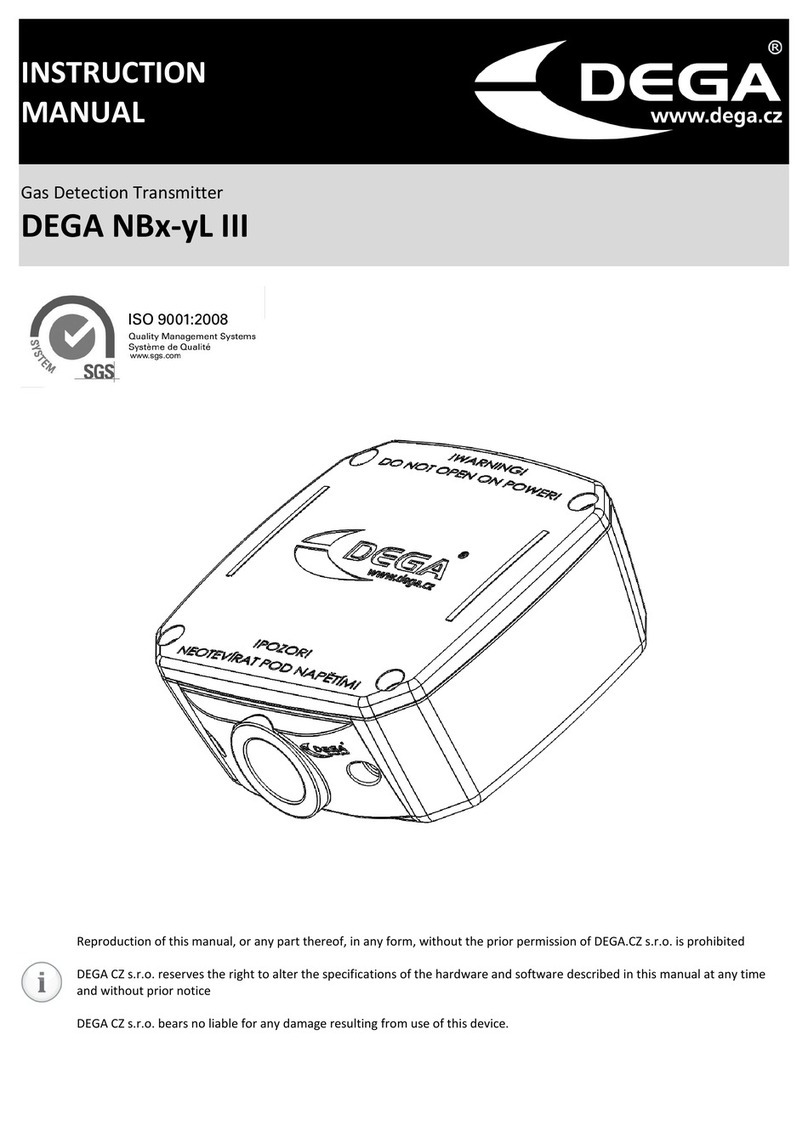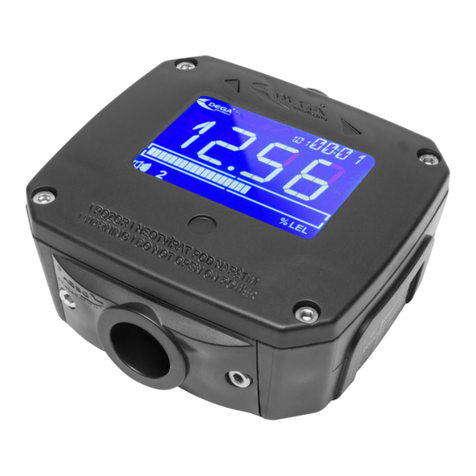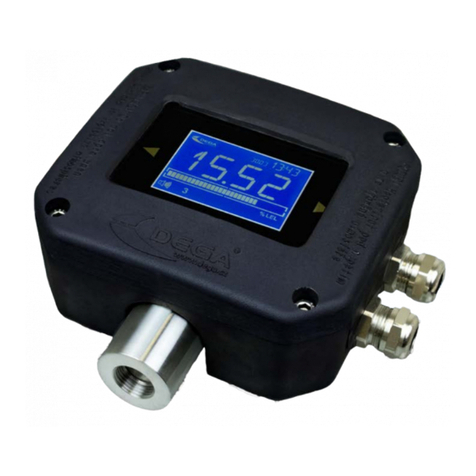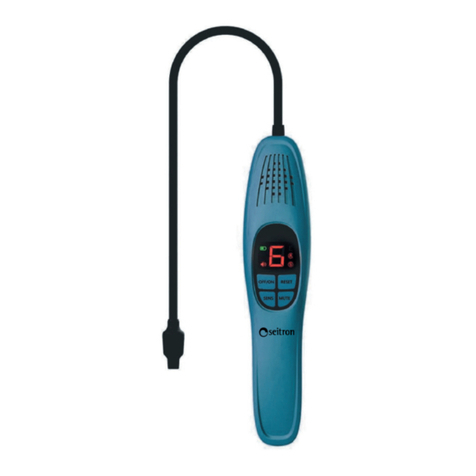
Content
For your safety .................................................................................................................................................................................. 3
Technical data and information ........................................................................................................................................................ 3
Operational conditions ..................................................................................................................................................................... 4
Terminology ...................................................................................................................................................................................... 4
Product description ........................................................................................................................................................................... 5
Instalation, assembly and disassembly of the detector ................................................................................................................... 6
1. Assembly of the detector ...................................................................................................................................................... 6
. Replacement of the sensor module ...................................................................................................................................... 6
3. Replacement of the battery .................................................................................................................................................. 6
4. Connecting the detector via current loop to the controler DEGA UPA II/DEGA UPA III ....................................................... 7
5. Connecting the sensor via RS485 to the controller DEGA UKAIII/DEGA UPA III/DEGA UDA III ............................................ 7
6. Installation of wiring for RS485 ............................................................................................................................................. 7
7. Setting the RS485 adress of the detector ............................................................................................................................. 7
8. Terminating resistor .............................................................................................................................................................. 7
9. Communication protocol switch DEGA/MODBUS ................................................................................................................ 8
Detector functions ............................................................................................................................................................................ 8
1. Turning on the detector ........................................................................................................................................................ 8
. Gas detection ........................................................................................................................................................................ 8
3. Malfunction ........................................................................................................................................................................... 8
4. Monitoring the calibration periods ....................................................................................................................................... 8
5. Reading the record of measured concentrations and alarms .............................................................................................. 8
Detector controls .............................................................................................................................................................................. 9
1. History menu „HIST“ ........................................................................................................................................................... 10
. Information menu „INF“ ..................................................................................................................................................... 10
3. Settings menu „SET“ ........................................................................................................................................................... 11
4. Test menu „TEST“ ............................................................................................................................................................... 13
Operation, maintenance, inspection and service of the detector .................................................................................................. 14
1. Usage limits ......................................................................................................................................................................... 14
. Operation ............................................................................................................................................................................ 14
3. Operation/Maintenance ..................................................................................................................................................... 14
Accessories and basic types of detectors ....................................................................................................................................... 15
1. Calibration adapter/connection to the gas pump DEGA GAS INLET .................................................................................. 15
. Cover against splashing water DEGA WATER CAP .............................................................................................................. 15
3. Funnel for gas collection DEGA COLLECT CAP .................................................................................................................... 15
4. Additional Ex „d“ cable gland .............................................................................................................................................. 15
Basic type of detectors ................................................................................................................................................................... 15
1. Detectors with a catalytic sensor NSx-CL III LCD ................................................................................................................. 15
. Detectors with an electrochemical sensor NSx-EL III LCD .................................................................................................. 15
3. Detectors with an infrared sensor NSx-IL III LCD ................................................................................................................ 17
4. Detectors with a semiconductor sensor NSx-SL III LCD ...................................................................................................... 18
5. Detectors with a PID sensor NSx-PL III LCDPID ................................................................................................................... 18
Add-on modules .............................................................................................................................................................................. 19
Attachments .................................................................................................................................................................................... 19
1. Chart for setting the detector address ............................................................................................................................... 19
. Conversion between volumetric concentration and lower explosion limit of methane .................................................... 19
3. Table of error codes ............................................................................................................................................................ 19
4. Signalization transmitted by the current loop 4- 0 mA ..................................................................................................... 0
5. Package content .................................................................................................................................................................. 0
General warranty terms and conditions ......................................................................................................................................... 1
































